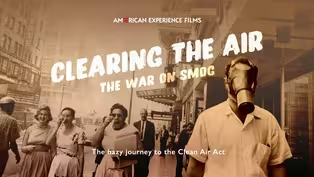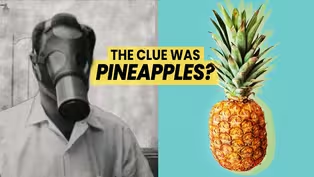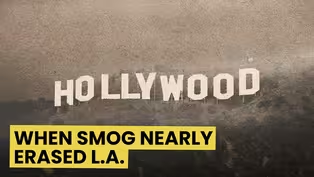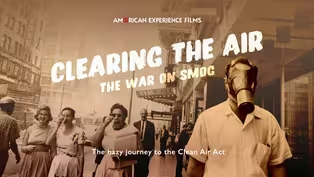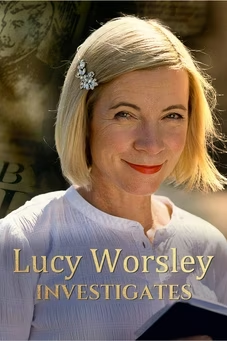
Smog on the Big Screen from Blade Runner to Godzilla
Clip: Season 37 Episode 4 | 4m 34sVideo has Closed Captions
How has L.A.'s history of smog shown up on the big screen?
Smog was pervasive in mid-century Los Angeles—so it’s no wonder that this real-life threat made it into Hollywood films. We spoke with authors Robin Murray and Joseph Heumann about the smog-filled movie scenes where environmental anxiety took a terrifying turn.
Problems playing video? | Closed Captioning Feedback
Problems playing video? | Closed Captioning Feedback
Corporate sponsorship for American Experience is provided by Liberty Mutual Insurance and Carlisle Companies. Major funding by the Alfred P. Sloan Foundation.

Smog on the Big Screen from Blade Runner to Godzilla
Clip: Season 37 Episode 4 | 4m 34sVideo has Closed Captions
Smog was pervasive in mid-century Los Angeles—so it’s no wonder that this real-life threat made it into Hollywood films. We spoke with authors Robin Murray and Joseph Heumann about the smog-filled movie scenes where environmental anxiety took a terrifying turn.
Problems playing video? | Closed Captioning Feedback
How to Watch American Experience
American Experience is available to stream on pbs.org and the free PBS App, available on iPhone, Apple TV, Android TV, Android smartphones, Amazon Fire TV, Amazon Fire Tablet, Roku, Samsung Smart TV, and Vizio.
Buy Now
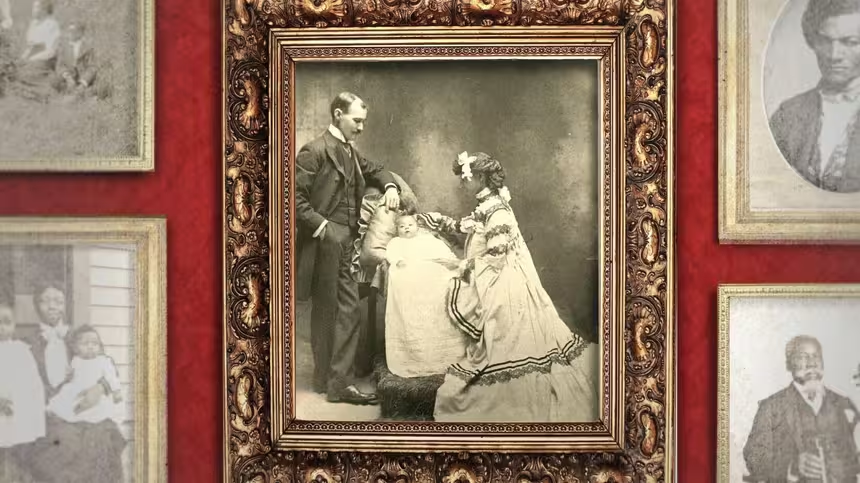
When is a photo an act of resistance?
For families that just decades earlier were torn apart by chattel slavery, being photographed together was proof of their resilience.Providing Support for PBS.org
Learn Moreabout PBS online sponsorshipBlade Runner Contagion The Fog L.A.
Confidential Smog has been used to highlight multiple emotions, but definitely, is connected with different types of anxiety.
In the New American Experience documentary, Clearing the Air The War on Smog.
We're transported back to a hazy Los Angeles, confronting air pollution for the first time.
And some of the images look like they're straight out of a horror movie.
So it's no wonder that this real life threat crept into Hollywood films.
We asked Robin Murray and Joseph authors of Monstrous Nature: Environment and Horror on the Big Screen, to walk us through the smog filled scenes where environmental anxiety took a terrifying turn.
We might recommend that they start with Blade Runner and Blade Runner 2049.
Endless smog filled streets and skies.
Rains that will never stop and not cut the smog away.
Those kinds of films are, really emblematic of what people think Los Angeles will look like in the future.
There's actually a film called Godzilla vs. the Smog Monster that really, explicitly makes that connection between, our polluting of the land, of the air and making of monsters.
Feeding.
Growing evermore deadly on smog.
Only one force dares stand up to its overpowering evil.
Smog is so nebulous.
I mean, it's not like Godzilla.
A big monster that we kind of think we know how to attack.
When you have something that's like smog, like a virus too, like in Contagion.
The horror, the danger, is happening so slowly.
Some other films that deal with this issue of slow moving horror would be films like The Fog.
You're living in a small town near the ocean and suddenly you're engulfed in something that you can't understand.
It's almost impossible to describe, but there it is.
It's clearly an environmental and horrific disaster.
The Fog What you cant see wont hurt you.
It will kill you.
One of the things that really stood out for me in relation to the 1940s and smog, because theyre so connected with WWII.
Are the Los Angeles based film noir.
I really like the powerful scenes in Double Indemnity, for example, where you have Fred Macmurray's character, Walter Neff coming out of the smog on his crutches.
You know, these shadowy figures coming out of the smog then so the smog itself becomes emblematic of the corruption, the the danger.
But for LA, if you watch L.A.
Confidential, The Long Goodbye or To Live and Die In L.A. All the neo-noir.
They're on the highways.
They're above in the hills or looking down at the city.
The city is smog infested.
and you see it in these films as backgrounds.
And and when you finally get to films, about lower income areas in Los Angeles, like Killer of Sheep and, Boyz n the Hood It's just ever present.
There's no escape.
The idea is that because of, your lack of income, you don't have an ability, to get beyond the area in which you live.
It's not just income, it's race.
The polluted areas in the marginalized parts of big cities like Los Angeles and And in a film like Killer of Sheep, it's very matter of factly revealing what the world looks like in that part of the world, which is essentially Watts in the 1970s.
In the 1970s, there actually were environmental disaster films that were eco horror.
Like Soylent Green, for example, or Omega Man.
So you're looking at the city, as exploitative and definitely a product of our horrific behaviors of whatever kind.
There's endless details, in relationship to environmental issues around the world that we've been able to look at by using films, because filmmakers around the world are confronting these issues on a daily basis.
To learn more about L.A'.s decades long battle clean air, watch Clearing the Air: The War on Smog, from American Experience.
Chapter 1 | Clearing the Air: The War on Smog
Video has Closed Captions
Clip: S37 Ep4 | 8m 41s | Watch a preview of Clearing the Air: The War on Smog. (8m 41s)
The mystery of L.A.’s smog revealed
Video has Closed Captions
Clip: S37 Ep4 | 4m 58s | The major breakthrough in understanding L.A.'s deadly smog came from a surprising place. (4m 58s)
The Secret Hollywood Campaign to Clean L.A'.s Air
Video has Closed Captions
Clip: S37 Ep4 | 4m 57s | When smog issue plagued their city in the mid 20th century, Angelenos got creative. (4m 57s)
Trailer | Clearing the Air: The War on Smog
Video has Closed Captions
Preview: S37 Ep4 | 2m 22s | Watch a preview of Clearing the Air: The War on Smog. (2m 22s)
Providing Support for PBS.org
Learn Moreabout PBS online sponsorshipSupport for PBS provided by:
Corporate sponsorship for American Experience is provided by Liberty Mutual Insurance and Carlisle Companies. Major funding by the Alfred P. Sloan Foundation.


